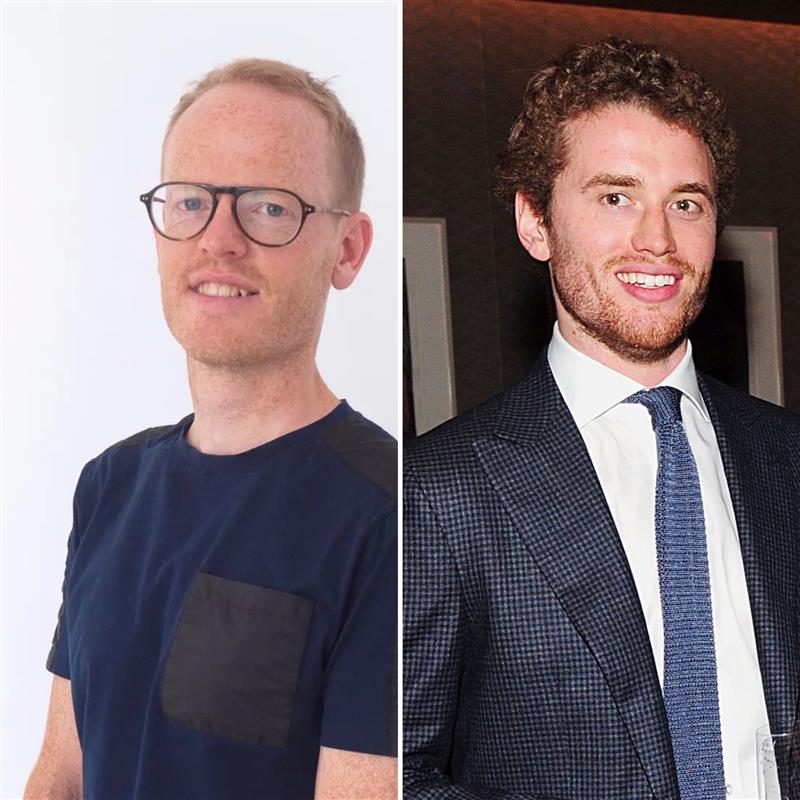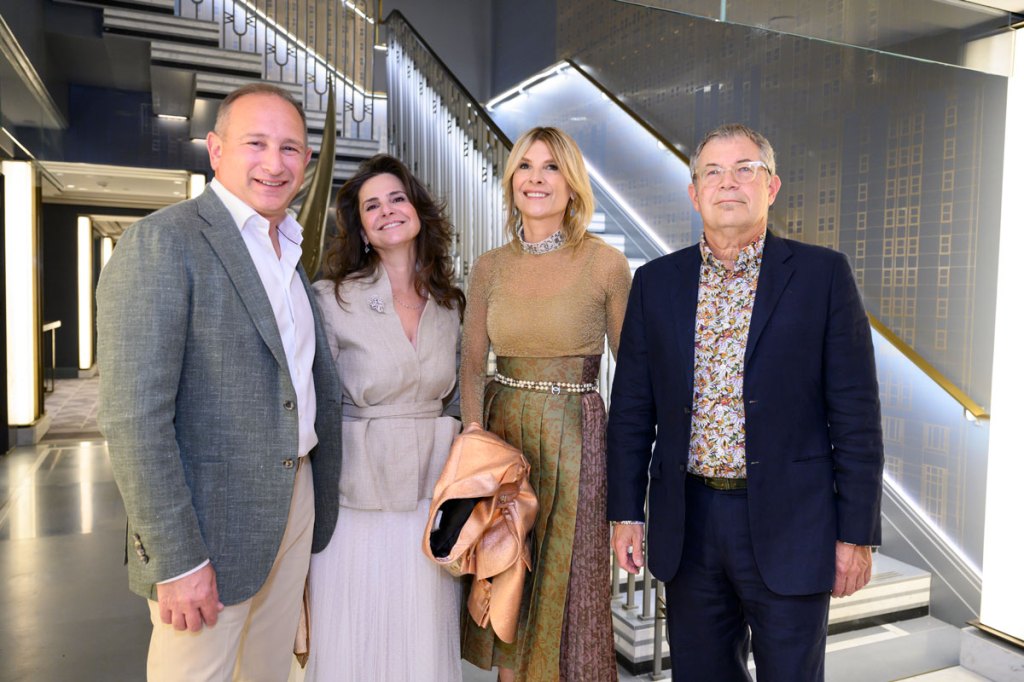Robert Newland, who was the only other person charged alongside dethroned dealer Inigo Philbrick in the massive art fraud scheme the two perpetuated, was sentenced to 20 months incarceration followed by two years of supervised release today in New York.
Newland, a U.K. citizen, was present in New York for the sentencing; he was remanded for the next two-plus months and must surrender to authorities on December 1. The presiding judge, Judge Sidney H. Stein, recommended that Newland be transferred back to the U.K. to serve his period of imprisonment there—under the terms of an international prisoner exchange program—in consideration of proximity to his family and other factors.
Once one of the best connected players in the contemporary art market, Philbrick’s art-dealing enterprise was revealed as a house of cards when his business collapsed in late 2019, soon after a disgruntled client, Berlin-based art investors Fine Art Partners, sued him and revealed elements of the fraud.
It turned out Philbrick had sold shares amounting to more than 100 percent in artworks he did not own, falsified contracts, forged signatures, and invented fictitious clients in order to propel his ruse. He also used art he didn’t own outright as collateral for loans. He is currently incarcerated in federal prison in Allenwood, Penn.
Newland was indicted by the U.S. attorney’s office in March 2022 and pleaded guilty to one count of conspiracy to commit wire fraud in September 2022.
Today’s nearly one-and-a half hour sentencing hearing drew extensive comments, first by Newland’s attorney, in a bid for leniency and a request for home confinement as opposed to prison, followed by the U.S. Attorney’s arguments for harsher consequences.
Each side reiterated positions laid out earlier in recent pre-sentencing memos: Newland’s attorney Roger Burlingame claimed that Philbrick was the mastermind of the fraud and that Newland, who had been impressed by Philbrick’s profitable art dealing in the years before he joined the business to partner with him, had made a “fatal” mistake in not walking away in the early days when he first started noticing inconsistencies, which eventually snowballed into a multi-million dollar fraud and the collapse of the business. Burlingame also asserted that Newland was not enriched by the fraud, as was Philbrick, who used the money to splurge on a lavish lifestyle.
The judge had been presented with a binder of 96 letters consisting of detailed letters about Newland’s upstanding character, written by friends and relatives. Judge Stein agreed with the characterization of Newland as a loyal family man who is devoted to his two daughters and is remorseful for his crimes—but also to the fact that he participated in and enabled serious fraud.
Philbrick, meanwhile, is scheduled for release next year. He has a nearly three-year old daughter, Gaia Grace, with his fiancee, reality television star Victoria Baker Haber. His daughter was born after Philbrick was captured and arrested on Vanuatu in the South Pacific in June 2020. Philbrick has only seen his daughter once, during a visit to the Allenwood prison, based on London-based Baker Haber’s social media posts.
Philbrick, who has been in custody since his initial arrest, was sentenced to seven years in prison by Judge Stein in May 2022, including time served. The overall time has been shortened because of several provisions including those relating to the Fair Sentencing Act (FSA). As a non-U.S. citizen, Newland is not eligible for any break under the FSA, participants in today’s hearing noted.
Though Judge Stein conceded that Philbrick, and not Newland, was the main architect of the scheme, he pointed out that the fraud “could not have lasted as long as it did without Newland’s imprimatur or without his active participation over a period of two years.”
Stein countered Burlingame’s argument about Newland’s good character, pointing out his sophisticated business background and education and adding that Newland “strategized with Philbrick, he allowed what was happening, the fraud, to continue by virtue of keeping it afloat.” His contributions included strategies for how to pay off creditors and fabricating fake invoices, fake provenances.
Howver, Stein agreed with prosecutor Cecilia Vogel that the sentence imposed on Newland should be both less than Philbrick’s and below the suggested U.S. Bureau of Prison guidelines for wire-fraud crimes.
After the defense attorney and Vogel addressed the court, Newland himself spoke to the judge. He expressed remorse for his actions and a wish to meet with and apologize to the victims directly. He became emotional when talking about his ailing elderly father in the U.K. as well as the pain and embarrassment he has put his entire family through.
Newland started off by apologizing to Fine Art Partners: “I’d like to apologize to Daniel Tümpel and his wife and their children. They put their trust in me and I betrayed that trust and it has ended up costing them very dearly…when the small lies started, I didn’t stop and tell them it was happening. Instead I tried to solve it and by doing so ultimately joined the fraud and made it far worse.”
Judd Grossman, a New York-based attorney who has represented several of the victims (though not FAP) of the fraud in civil lawsuits, told Artnet News: “Judge Stein rightly observed that this case is sadly yet another example of people taking advantage of the opacity of the art market. In the end, Judge Stein struck the right balance between the need for punishment and general deterrence, while at the same time acknowledging that ultimately it was Philbrick who deserved the harsher sentence.”
More Trending Stories:
Follow Artnet News on Facebook:
Want to stay ahead of the art world? Subscribe to our newsletter to get the breaking news, eye-opening interviews, and incisive critical takes that drive the conversation forward.



